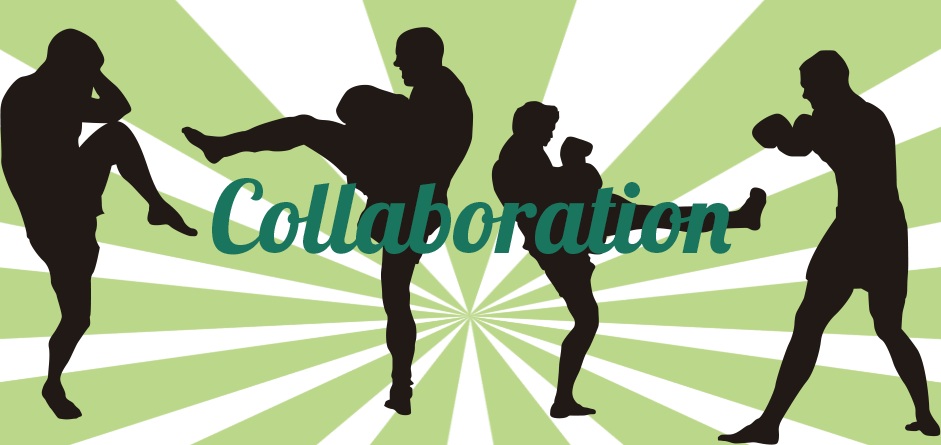Team:BIOSINT Mexico/collaboration
From 2014.igem.org
| Line 6: | Line 6: | ||
<h2>Collaboration</h2> | <h2>Collaboration</h2> | ||
| - | |||
<p><b>Mathematical modeling</b></p> | <p><b>Mathematical modeling</b></p> | ||
<p>As minery and urbanization byproducts concentrate and pollute some of our most precious resources, such as water, some of our peer iGEMers have designed solutions to remediate these hazards. Such is the case of UFAM_Brazil, whose project involves the integration of mercury resistance operon mer into a bacterial chassis. We were glad to involve ourselves with their mathematical modeling development...curious about the outcome? Here we show how it resolved: | <p>As minery and urbanization byproducts concentrate and pollute some of our most precious resources, such as water, some of our peer iGEMers have designed solutions to remediate these hazards. Such is the case of UFAM_Brazil, whose project involves the integration of mercury resistance operon mer into a bacterial chassis. We were glad to involve ourselves with their mathematical modeling development...curious about the outcome? Here we show how it resolved: | ||
| Line 25: | Line 24: | ||
<p>We interviewed 22 pedestrians in Queretaro to help the efforts of this team to understand how SynBio is regarded by the general public. Most of the questions were generally about GMOs, how the interviewed people would feel about consuming them and the implications that they would find the most compromising for safety. | <p>We interviewed 22 pedestrians in Queretaro to help the efforts of this team to understand how SynBio is regarded by the general public. Most of the questions were generally about GMOs, how the interviewed people would feel about consuming them and the implications that they would find the most compromising for safety. | ||
</p> | </p> | ||
| - | + | ||
</body> | </body> | ||
</html> | </html> | ||
Revision as of 11:12, 17 October 2014
Collaboration
Mathematical modeling
As minery and urbanization byproducts concentrate and pollute some of our most precious resources, such as water, some of our peer iGEMers have designed solutions to remediate these hazards. Such is the case of UFAM_Brazil, whose project involves the integration of mercury resistance operon mer into a bacterial chassis. We were glad to involve ourselves with their mathematical modeling development...curious about the outcome? Here we show how it resolved:
Promoter characterization
In order to treat atherosclerosis, the ITESM-CEM has developed the use of microbial enzymes that are able to degrade 7-ketocholesterol.5. We helped them characterize one of their promoters
With Team Linköping University: Peanut allergies
This team´s objective is to analyze food and drink to detect the Ara h allergen, helping peanut allergic consumers to make healthier and easier meal decisions. Their survey was held to examine how mexican society handles the needs of peanut-allergic people.
With ETH Zurich Team: Complexity patterns in nature
We distributed and participated on this team´s survey to help them have broader demographics of the general public´s thoughts about complexity: either on handling the intricacy of many abstract concepts all together or finding this mystification in nature. All this involves a different perspective on how we find ourselves expressing and understanding complex patterns through our daylife. And relates to the project of this iGEM team by finding areas of opportunity where people are able to see patterns of their interest.
Wtih VirginiaTeam: Synthetic Biology Public Acceptance
We interviewed 22 pedestrians in Queretaro to help the efforts of this team to understand how SynBio is regarded by the general public. Most of the questions were generally about GMOs, how the interviewed people would feel about consuming them and the implications that they would find the most compromising for safety.
 "
"

